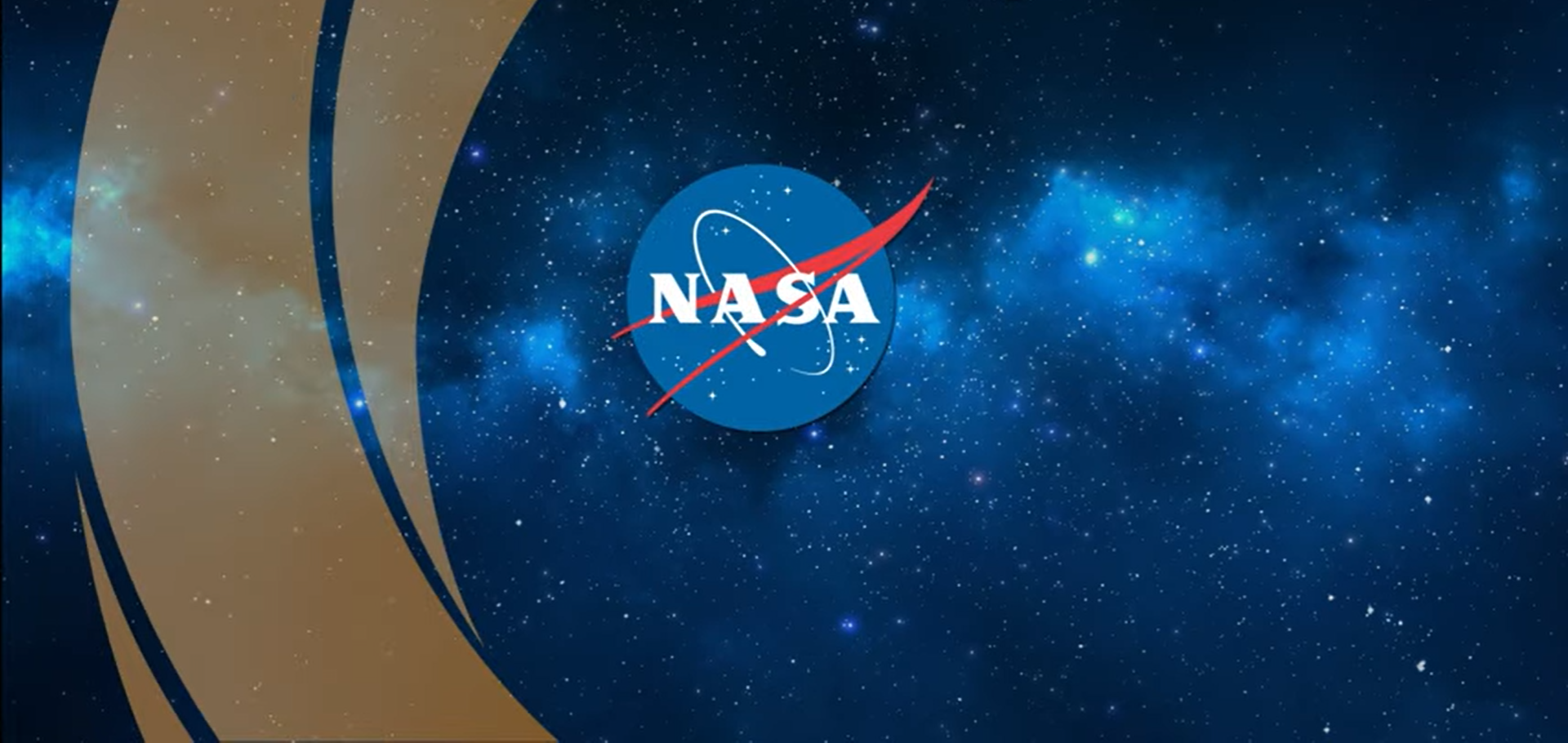NASA’s Disposal Program Manager – Sharrief Wilson, (202) 358-0875
Property Disposal Management
NASA’s Property Disposal Program Manager provides oversight and policy guidance for NASA’s property excess or surplus to the Agency’s requirements. The program analyzes, develops and maintains NASA-wide policies and procedures for the proper disposition of surplus and excess personal property.
The Manager provide for proper disposal of NASA held property. Federal Property and Administrative Services Act of 1949, as amended (40 U.S.C. 471 and 40 U.S.C. 524) and the NASA Space Act of 1958, also amended, Functions of the Administration, Section 203 (3) (c) requires the Agency to sell and otherwise dispose of personal property (to include patents and rights thereunder) in accordance with these provisions. In addition to NASA’s guidance, the US Code documents offers procedural guidance for the utilization and disposal of excess, surplus, and exchange/sale personal property. These documents also supplement the Federal Regulations and procedures for utilization, donation, and surplus sales, by which all Federal agencies must comply.
Center Property Disposal Officer (PDO)
The PDO, appointed by the Center Director, is responsible for the Center`s screening, redistribution, and marketing activities of NASA-owned excess, surplus, and exchange/sale personal property. This includes all Federal transfers, donations, sale, and abandonment or destruction of NASA-owned personal property, as well as acquiring other Federal agencies` excess personal property for NASA’s use in order to reduce NASA`s new procurement costs.
Turn-in of Property No Longer Needed for the Mission
Each NASA organization/program is responsible for continually reviewing their assigned property to identify property no longer needed for operational purposes or that needs to be replaced.
Each NASA organization/program will provide sufficient commercial descriptive detail to permit electronic or physical screening, transfer, or sales to potential new owners without the need for future reference to the previous NASA organization.
Generally, the PDO will need the following data:
- Description of item, in sufficient detail.
- Quantity and unit of issue.
- Disposal Condition Code (see below).
- Original acquisition cost per unit and total cost (use estimate if original cost not available).
- Manufacturer, date of manufacture, part and serial number.
In addition, provide the following information, when applicable:
- (1) Major parts/components that are missing.
- (2) If repairs are needed, the type of repairs.
- (3) Special requirements for handling, storage, or transportation.
- (4) The required date of removal due to moving or space restrictions.
- (5) Inclusion of any available operating manual, maintenance record log, or other instructional or informational publications on the property should be included.
- (6) Export control restrictions.
- (7) Demilitarization, key point destruction, or special handling requirements.
- (8) Potential artifacts.
- (9) Hazardous.
- However, you should contact your property custodian or PDO for specific requirements.
NASA employees and contractors are not to throw away personal property in the trash or give personal property away when no longer needed (e.g. school, university, business, etc.). All personal property, which is no longer needed is to be reported to your Center PDO. If you are aware of a school or eligible organization who may want the property, talk to your PDO. The Center PDO will ensure that the excess property is properly disposition in accordance with Federal and NASA property management regulations.
NASA on-site employees with access to N-PROP have the ability to the request turn-in of controlled and non-controlled government property in which they are responsible for electronically.
Reutilization of NASA Excess Property or Acquiring Federal Excess
NASA employees and contractors should reutilize excess personal property as much as practical, to avoid the cost of future procurement/acquisition of new equipment.
Screening of excess property reported by NASA can be done by visiting your local NASA Center Excess Warehouse, or it can be accomplished through N-PROP Excess Shopping Report.
Once you have identified an item, follow your Center’s disposal procedures to acquire the excess property.
Also, all Federal excess personal property available for reuse can be screened by accessing gsaxcess.gov. If an item is found, please contact your Center PDO.
Disposal Rule of Thumb
Report all property, no longer needed by your organization, to the Center PDO as soon as possible.
Available Training
We recommend that all on-site employees take the following training https://satern.nasa.gov/elms/learner/login.jsp, as listed below:
IEM1066 N-PROP BASIC NAVIGATION COURSE
NASA PROPERTY RESPONSIBILITY AND ACCOUNTABILITY COURSE


























